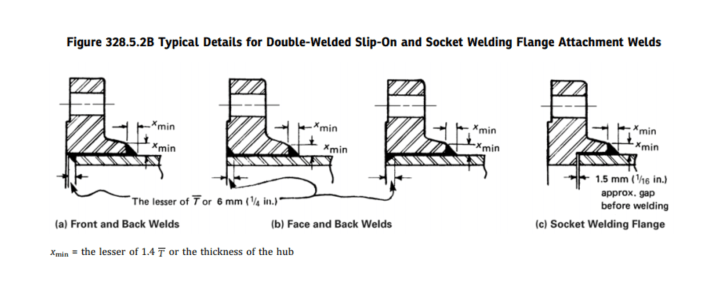nabeel3
Mechanical
- Dec 14, 2006
- 145
Dear experts
Please see the attached photo. Is it allowed to weld a butt welded reducer fitting (8x12) directly into slip on flange.
Please see the attached photo. Is it allowed to weld a butt welded reducer fitting (8x12) directly into slip on flange.

